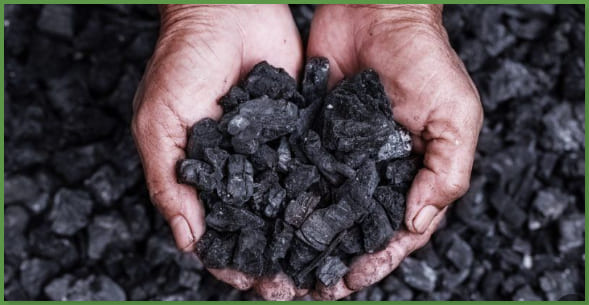What is Coal?
 |
| What are the uses and harms of coal? |
Coal is a fossil fuel and has been an important source of energy for centuries, used in electricity generation, heating, and industrial processes. It is formed from the remains of plants that lived and died millions of years ago, and accumulated in swampy environments.
What is the use of coal?
Coal is used in many basic industries in many countries:
1- In power generation, coal is burned to produce heat, which is used to convert water into steam. The steam then drives turbines connected to generators, producing electricity. This process is known as coal-fired power generation.
2- In industry, coal is used as a fuel in various processes, such as in furnaces for metal smelting and in cement production.
3- Coal is used in the production of chemicals.
What are the harms of coal?
- Health Impacts: Exposure to pollutants from coal combustion can lead to respiratory diseases, cardiovascular problems, and other health issues. Coal mining can also cause health problems for miners due to exposure to dust and gases.
- Air Pollution: Burning coal releases pollutants such as sulfur dioxide, nitrogen oxides, and particulate matter into the air. These pollutants can contribute to smog, acid rain, and respiratory problems in humans.
- Water Pollution: Coal mining and processing can contaminate water sources with pollutants like heavy metals, sediment, and acid drainage. This pollution can harm aquatic ecosystems and affect the quality of drinking water.
- Land Disruption: Coal mining often involves significant land disturbance, including deforestation, habitat destruction, and soil erosion. This can impact ecosystems and biodiversity.
Ultimately, the environmental impact of coal combustion, including air pollution and greenhouse gas emissions, has led to efforts to reduce its use and transition to cleaner alternatives.
